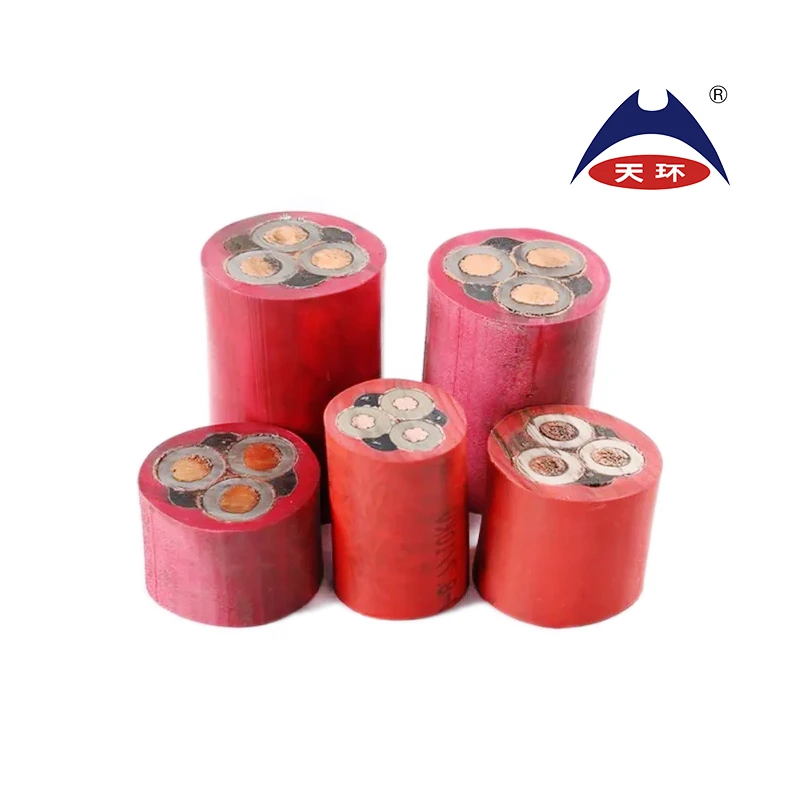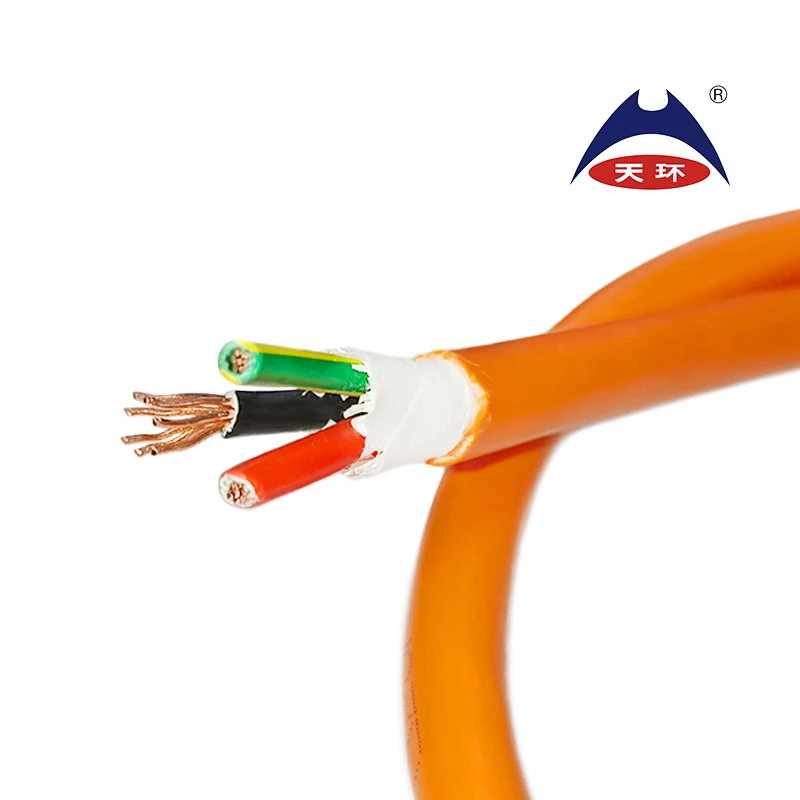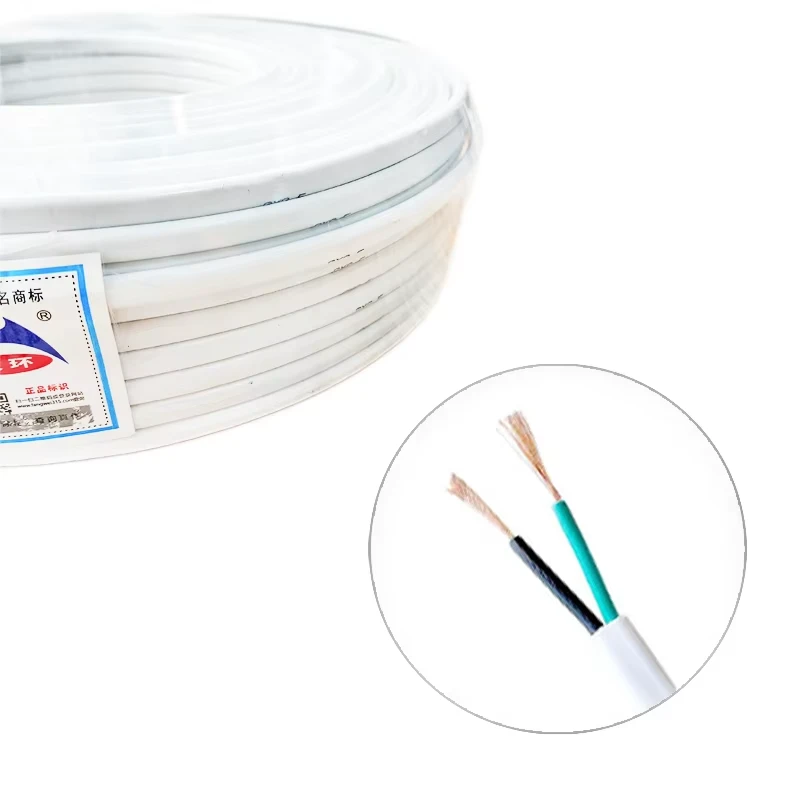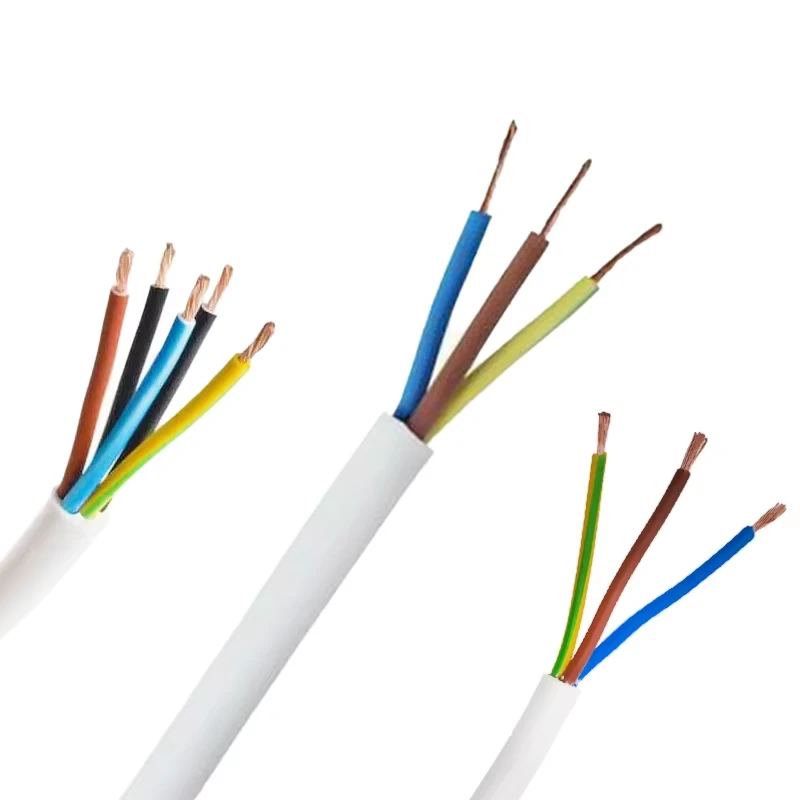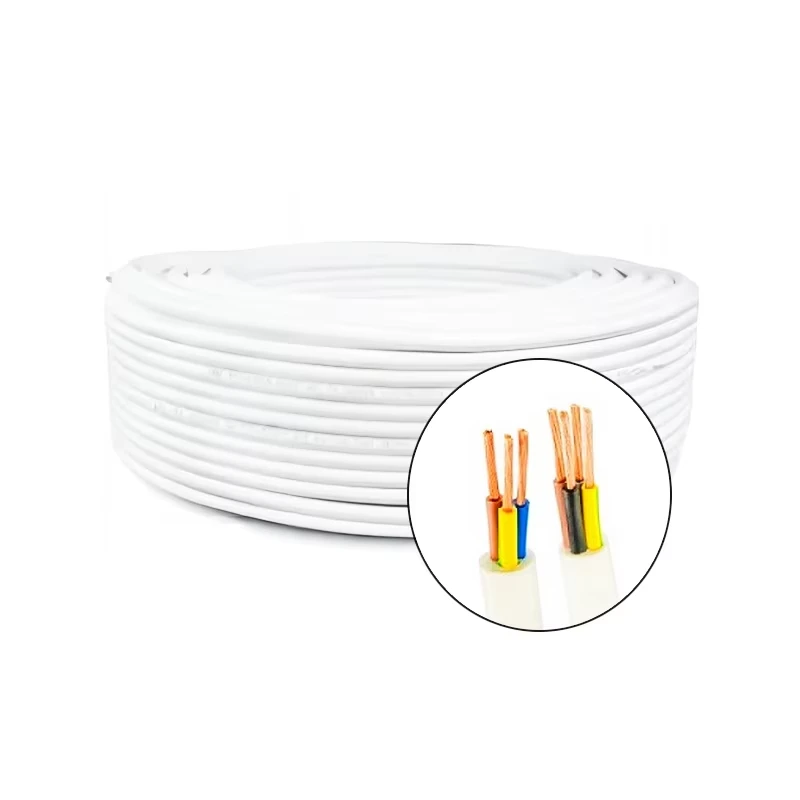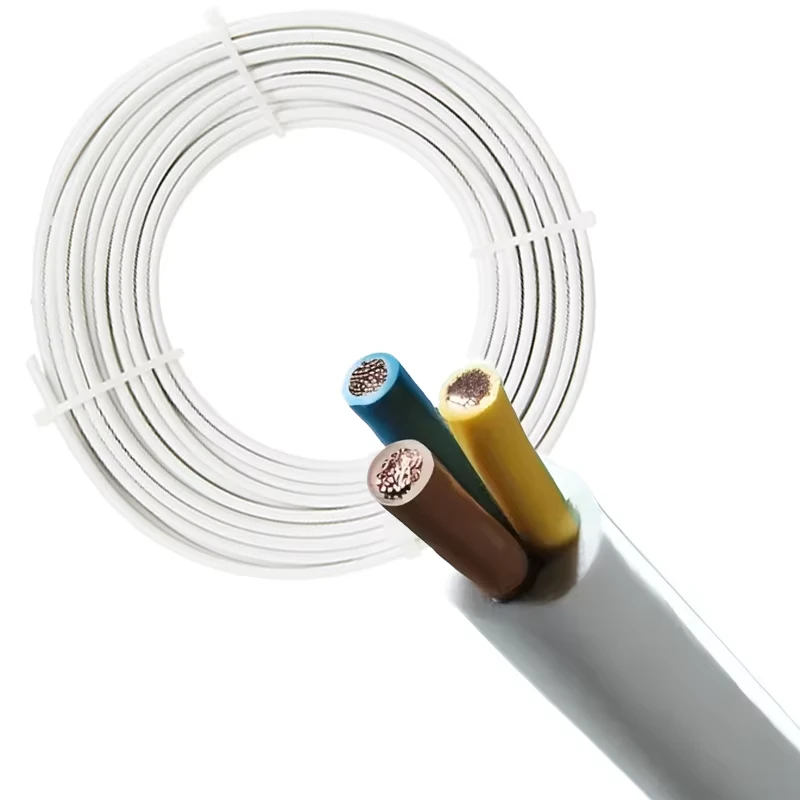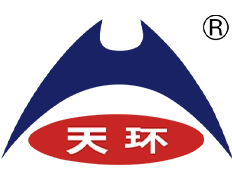
0.6/1 kV PV1-F Solar Cable Earth Wire | UV Resistant
Industry Evolution: Solar Cable Technology Trends
The renewable energy sector continues exponential growth with solar installations increasing 35% year-over-year. Central to photovoltaic (PV) system efficiency and safety is optimized cabling infrastructure. The 0.6/1 kV PV1-F PHOTOVOLTAIC CABLE EARTH WIRE represents the latest generation of specialized cabling technology designed specifically for harsh photovoltaic applications. Unlike conventional wiring solutions, these solar cables maintain structural integrity and conductivity under extreme environmental stressors including:
- UV radiation exposure (equivalent to 25+ years field performance)
- Temperature fluctuations between -40°C to +120°C
- Chemical exposure from cleaning agents and environmental pollutants
- Mechanical stresses in both fixed and dynamic installations
Industry leaders including Tianhuan Cable Group Co., Ltd. engineer these specialized cables to exceed IEC and TÜV standards for maximum safety margins in solar farms, commercial installations, and residential PV systems. The unique earth wire integration provides comprehensive grounding protection critical for maintaining operational security.
Product Engineering: PV1-F Cable Specifications
The 0.6/1 kV PV1-F PHOTOVOLTAIC CABLE EARTH WIRE from Tianhuan employs sophisticated engineering:
- Conductor: High-purity tin-plated copper ensuring exceptional conductivity (max 0.017241 Ω/m at 20°C) and oxidation resistance
- Insulation: Dual-layer Low Smoke Zero Halogen (LSZH) sheath providing fire safety (IEC 60332-1 compliant)
- Voltage Rating: 0.6/1 kV designed for photovoltaic system applications
- Standards: Certified to TÜV 2 PfG 1169/08.2007, IEC 62930, EN 50618
- Temperature Range: Operational from -40°C to +120°C (200°C short-circuit rating)
- Available Sizes: Standard configurations available including 4mm² in red and black
Technical Specifications Overview
| Parameter | Value | Testing Standard |
|---|---|---|
| Conductor Material | Tin-plated copper, Class 5 | IEC 60228 |
| Insulation Material | LSZH Cross-linked Polyolefin (XLPO) | IEC 60811 |
| Voltage Rating | 0.6/1 kV | IEC 62930 |
| Max Conductor Resistance | 4.95 Ω/km (4mm²) | IEC 60228 |
| Operating Temperature | -40°C to +120°C | IEC 62930 |
| Short Circuit Temperature | 200°C (max 5 seconds) | IEC 62930 |
| Flame Retardancy | Self-extinguishing | IEC 60332-1 |
| UV Resistance | Exceeds 3000 hrs xenon arc test | IEC 60811-2-1 |
| Certifications | TÜV, CE, ISO 9001, RoHS | 2 PfG 1169/08.2007 |
Performance Visualization Analysis
Critical Application Scenarios
The specialized engineering of 0.6/1 kV PV1-F PHOTOVOLTAIC CABLE EARTH WIRE enables diverse deployment scenarios:
1. Utility-Scale Solar Farms
Massive installations requiring kilometers of cabling that must withstand desert UV exposure while buried in conduit systems. The earth wire provides critical grounding continuity preventing step-and-touch potential hazards. Inverter-to-combiner box connections particularly benefit from the cable's flexibility and temperature resilience.
2. Commercial Rooftop Arrays
Complex installations demanding cable management in confined spaces with elevated ambient temperatures. The LSZH sheath ensures minimal toxic emissions in case of fire incidents. Tianhuan's earth wire-integrated cables exceed fire safety requirements for high-occupancy buildings.
3. Floating Solar Installations
Unique marine environments requiring moisture-resistant cabling with maximum flexibility. The tin-plated copper conductors prevent saltwater corrosion, extending service life beyond standard PV cables. Submerged sections require waterproof connectors but benefit from the cable's inherent water resistance.
4. Residential PV Systems
Reduced cross-sectional areas improve installation efficiency while maintaining safety standards. Homeowners benefit from the 25-year performance warranty supported by Tianhuan's manufacturing excellence.
Technical FAQ: PV Cable Engineering
Q1: What distinguishes XLPO insulation in PV1-F cables?
Cross-linked polyolefin (XLPO) offers superior thermal stability compared to standard PVC or rubber insulation. At 120°C continuous operation, XLPO maintains dielectric strength while conventional materials degrade. The cross-linking process creates a polymer matrix resistant to molecular deformation under thermal stress.
Q2: Why specify tin-plated copper conductors?
Tin plating provides three critical benefits: (1) Corrosion resistance against moisture and chemicals, (2) Improved solderability for termination reliability, (3) Reduced galvanic corrosion when connected to aluminum components. Tin's sacrificial protection extends conductor lifespan by up to 40% in harsh environments.
Q3: How does the earth wire enhance safety?
Integrated earth wire provides continuous Equipment Protective Conductor (EPC) fulfilling IEC 60364 requirements. It eliminates separate earth cabling, reducing installation time while ensuring all metallic components maintain equipotential bonding. Critical for preventing electric shock during insulation faults.
Q4: What certifications validate PV cable performance?
Three tiers of certification are essential: (1) Product standards (TÜV 2 PfG 1169, EN 50618), (2) Material certifications (UL 4703, IEC 62930), (3) Quality systems (ISO 9001). Tianhuan's PV1-F cables exceed all three categories with third-party verification.
Q5: How do UV stabilizers prolong cable life?
Specialized additives (HALS - Hindered Amine Light Stabilizers) absorb UV radiation, converting it to thermal energy. Without them, polymer chains break down causing embrittlement. Tianhuan uses advanced multi-component systems providing >3000 hours QUV resistance.
Q6: What are EN 50618 requirements?
The European standard specifies: (1) Temperature index ≥120°C, (2) DC resistance measurements at 120°C, (3) Cold impact test at -40°C, (4) UV resistance of 720 hours, (5) Acid gas emission <0.5%. PV1-F cables surpass all requirements.
Q7: When should conduit be used with PV cables?
Conduit is required: (1) Below ground level, (2) In accessible public areas, (3) Through walls/floors, (4) When exposed to mechanical damage. The cable's abrasion resistance allows easier pulling through conduits compared to standard cables.
Installation Best Practices
Maximize system lifespan by following professional installation guidelines:
- Bending Radius: Minimum 4× cable diameter during installation (5× for final position)
- Mechanical Protection: Use appropriate conduits in high-risk areas and below ground level
- Termination: Use only connectors rated ≥IP67 with cable glands maintaining UV protection
- Cable Management: Prevent tension on terminals with service loops of minimum 30cm
- Grounding: Ensure earth continuity tested at ≤0.5Ω per IEC 60364-6-61
Always verify polarity using DC clamp meters before commissioning. For comprehensive guidance, download Tianhuan's PV Installation Handbook covering advanced techniques.
Industry Research References
"UV-Stabilized Photovoltaic Cable Materials Show 2-3X Lifespan Improvement" - Solar Energy Materials & Cells Journal
https://doi.org/10.1016/j.solmat.2023.112421
"Grounding System Requirements in Floating PV Installations" - IEEE Transactions on Industry Applications
https://ieeexplore.ieee.org/document/9821013
"International Certification Standards for Photovoltaic Cables" - Renewable Energy World Conference Proceedings
https://www.rew-conference.com/proceedings-2022
-
Reliable LIYCY Cable Solutions for Low and Medium Voltage ApplicationsNewsJul.14,2025
-
Premium Overhead Electrical Wire Solutions for Low and Medium Voltage ApplicationsNewsJul.14,2025
-
Innovative XLPE Electrical Cable Solutions for Modern Low and Medium Voltage NetworksNewsJul.14,2025
-
High-Quality Ethylene Propylene Rubber Cable – Durable EPDM Cable & 1.5 mm 3 Core OptionsNewsJul.14,2025
-
Exploring the Versatility of H1Z2Z2-K 1X4mm2 Cables in Modern ApplicationsNewsJul.14,2025
-
Uses of Construction WiresNewsJul.14,2025
-
Types of Neoprene CableNewsJul.14,2025





